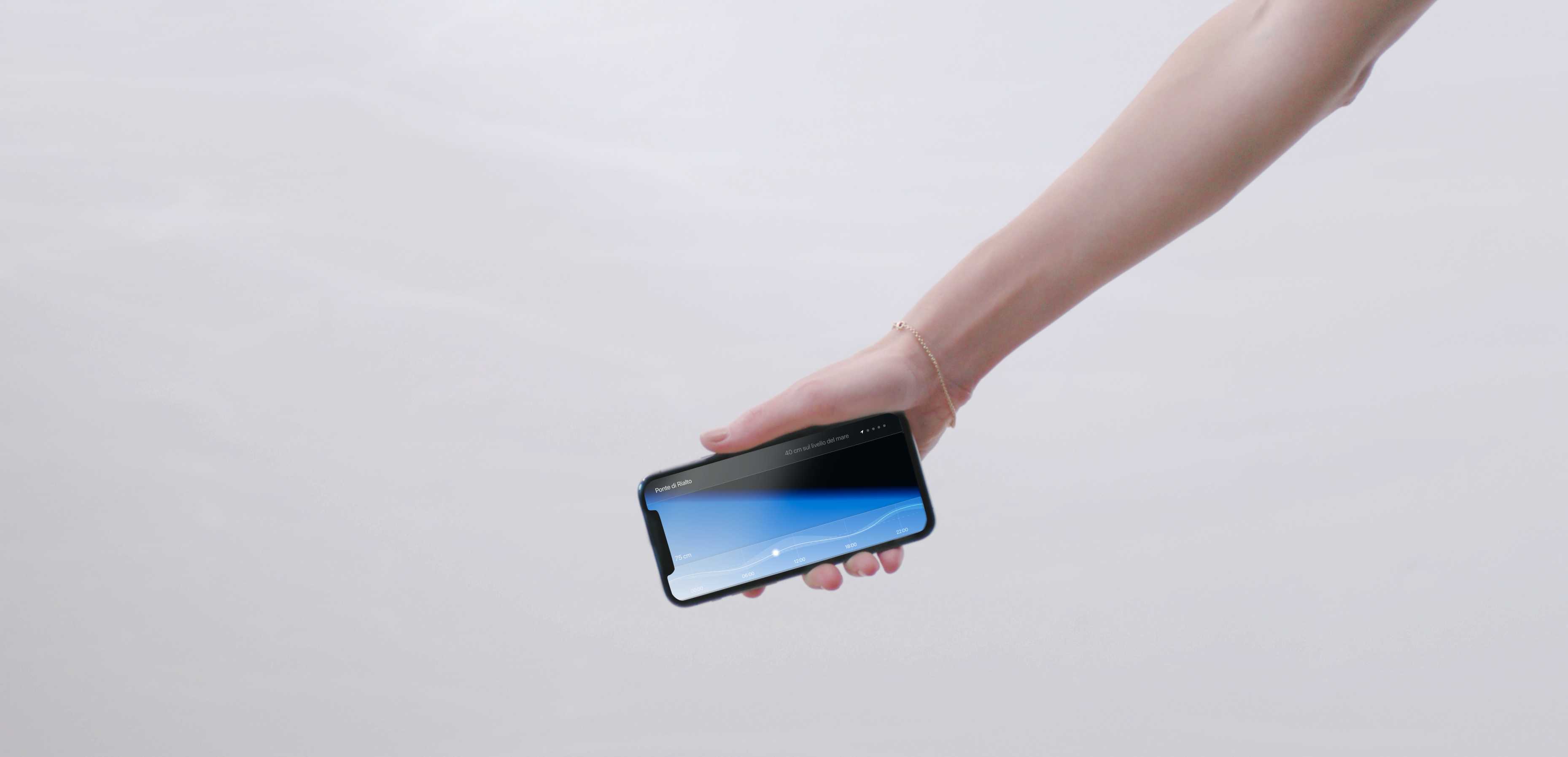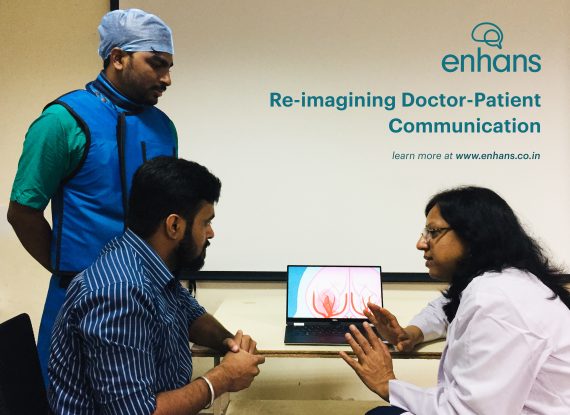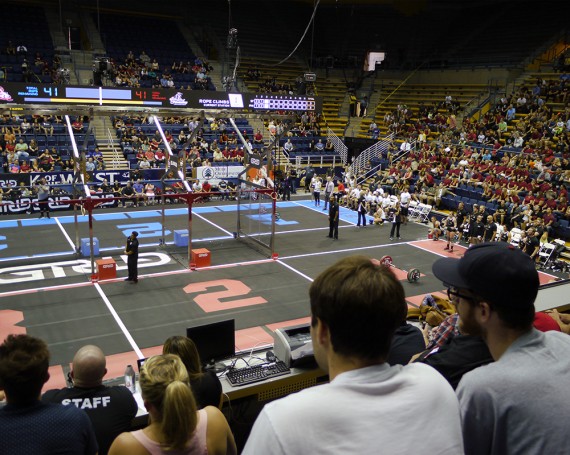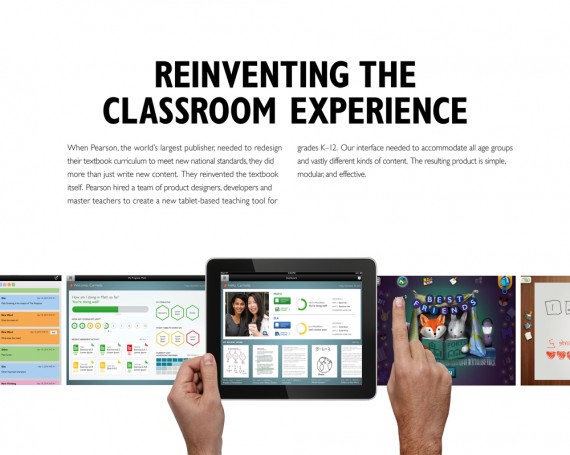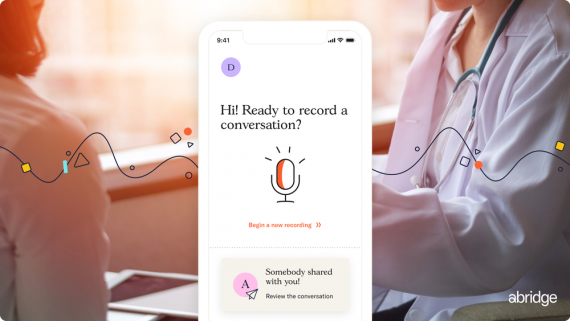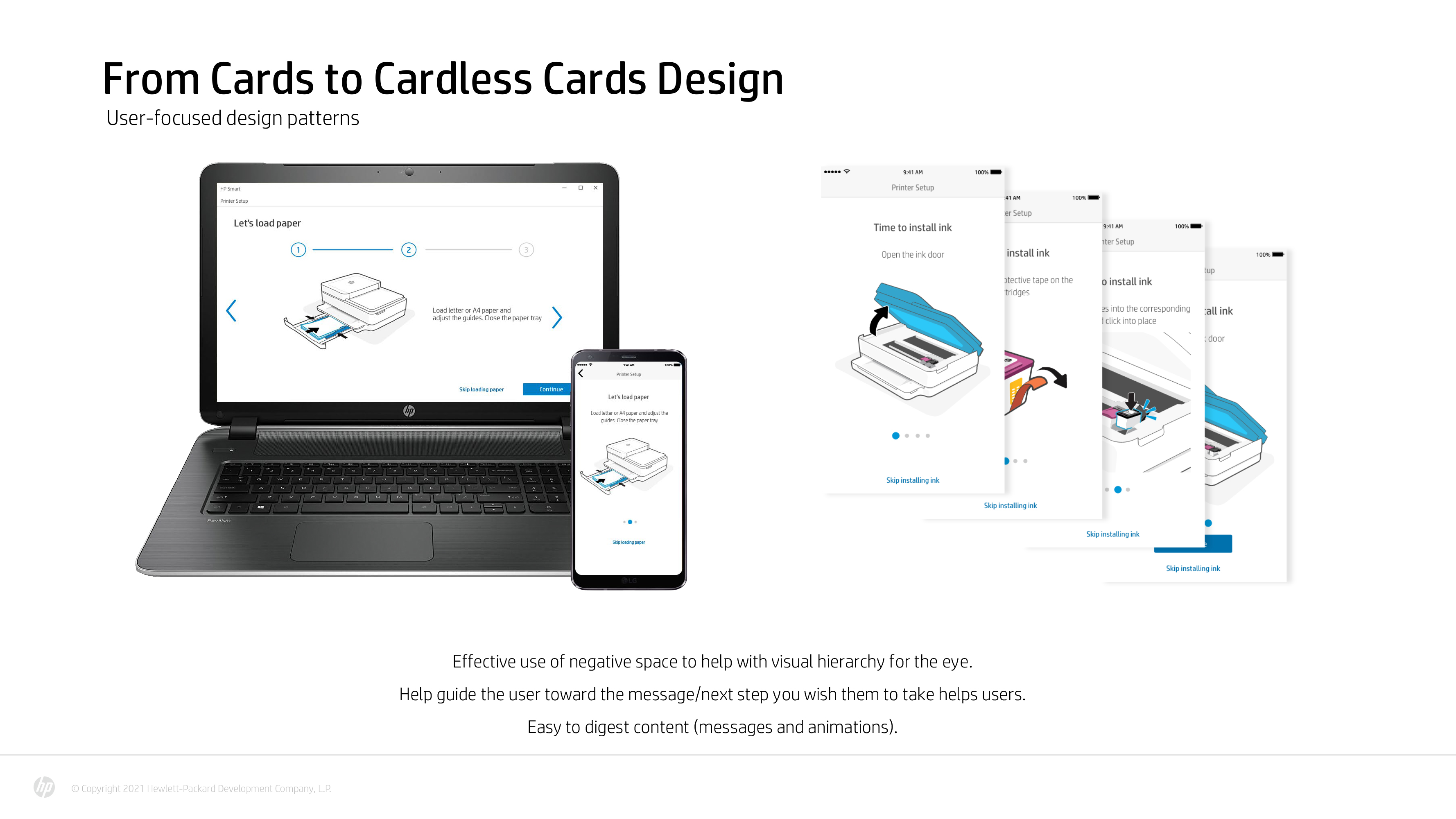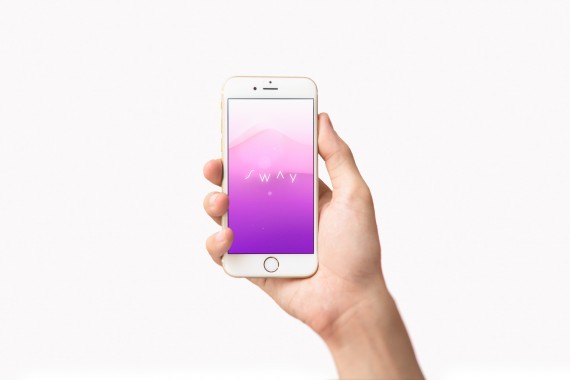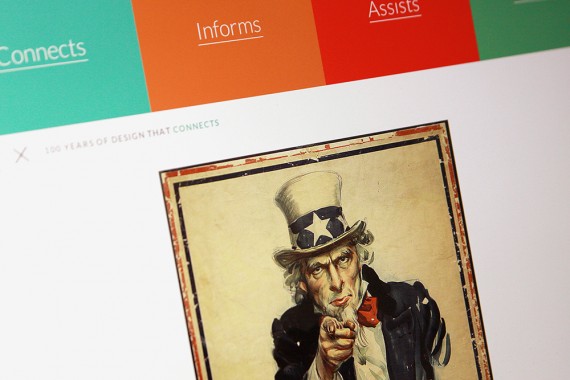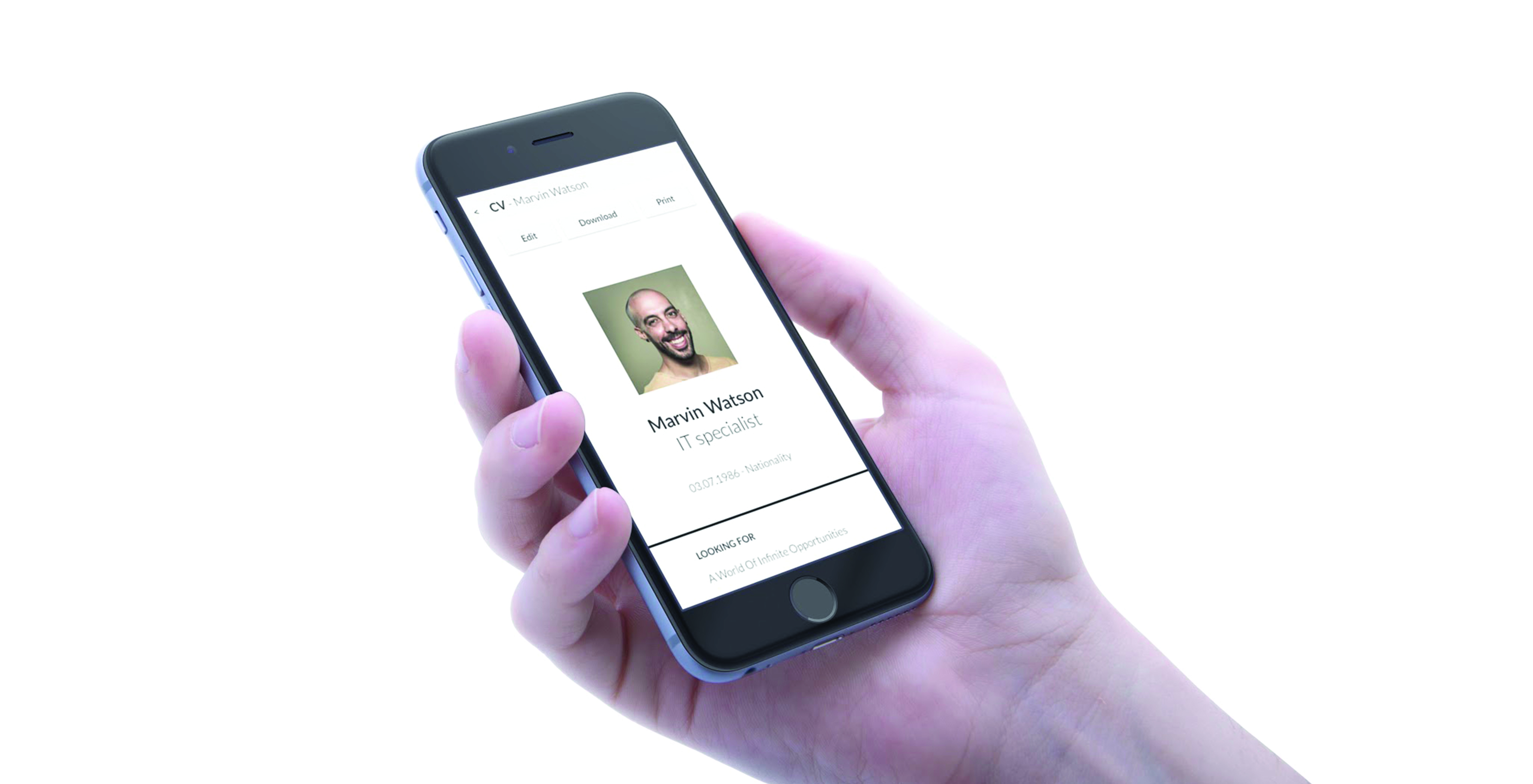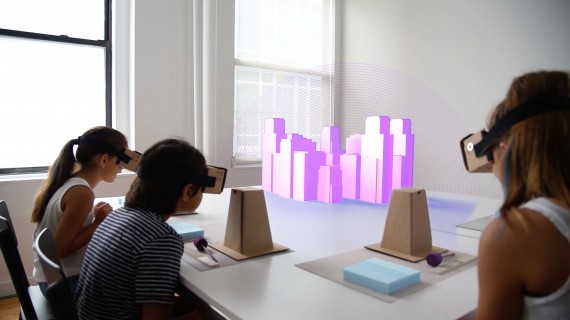Alta Quanto: Design for disaster preparedness
Team
Company | Institution
Category
Type
Project description
With the increase in unforeseen climate-related disasters, designing educational and risk communication tools that are engaging and effective has become vital. These tools are essential for improving the responses of vulnerable communities.
Alta Quanto is a co-design project with the Venice community. New design practices for risk communication are designed, combining self-determination theory, advertising theory, visual semiotics and interface design.
Outcomes
- Interaction design product. Alta Quanto is a digital product that relates tide height predictions to one’s body and surroundings (Figure 2) by moving the phone up and down (Figure 1). By understanding at what height the tide might come in and where it has come in over the years, the user is motivated to adequately protect himself from unexpected flooding. Alta Quanto is not a new app to download, but it complements the existing system used by Venetians to monitor high water.
- Design Process and Design Framework. A model for co-designing risk communication products (Figure 3). The process has a design framework for disaster preparedness as a deliverable.It includes ethnographic research, involvement of experts and local government, iterations of different solutions, field testing of solutions, and validations.
- Installation
Conclusions
Research shows how design and its methods are essential for governments to design more effective solutions and incorporate a long-term vision. The research findings show how crucial it is to involve communities and local governments to avoid homogenising the target they are designing.
OPPORTUNITY AND TARGET AUDIENCE
As unexpected climate-related disasters increase, designing educational and risk communication tools that are engaging and effective has become vitally important. These tools are essential for improving the resilience of vulnerable communities.
The project aims to investigate using communication theory, psychology, and co-design to improve environmental disaster preparedness. The investigation consists of a case study arising from the identification of a gap: the lack of preparedness for exceptionally high water in Venice, one of the most vulnerable cities at risk of environmental disaster.
The aim of the project is to design an easily implementable object for the local administration of Venice. Simplify the understanding of the high water phenomena; fulfill the basic psychological needs; make people understand the potential consequences of unprecedented disaster in relation to the surrounding environment;
THE PROJECT
“Alta Quanto” transforms the usual quantitative forecast of the tide into embodied interaction. Thus, it allows users to understand the forecast in relation to their physical surroundings. “Alta Quanto” is changing in which new Venetians are perceiving the threat of exceptionally high tides. A combination of forecast and preparedness features is integrated into the system used daily by the Venetian community.
“Alta Quanto” is not “just” a digital product. The design study includes a design of a framework containing critical learnings from existing tools and literature on risk and disaster communication, self-determination theory, advertising, semiotics and interaction design.
DESIGN PROCESS
A novel research-driven and user-centred methodology is adopted. It includes the Design Science Approach. Three field trips involving the final users and the local government helped to establish an intimate connection with the environment and quickly verify the design iterations. Frequent discussions with experts in risk communication help to deepen the understanding of the topic. Overall, the design process can be described as a ‘Double Diamond Process’. A trans-disciplinary and cross-cultural approach increases the scale and depth of research and achieved an ethical position that respects the expertise of individuals and institutions in different fields and cultures. Testing methods are used to uncover first usability issues and facilitate product design. Inspection methods are used to provide quick and specific recommendations for product enhancements.
IMPACT
The application of the framework and iterations made the system more engaging and efficient: the design object simplifies the understanding of the phenomenon and relates potential risks to the surrounding environment; The project brings a new view on environmental forecasting, using the phone not only for its interface but for its being an object in space.
The constant relationship with the citizenry and the local administration fills a gap of non-communication that is essential for designing disaster preparedness. This study demonstrates how crucial it is to avoid homogeneous targets and contents in interaction design choices.
Alta Quanto is a co-design project with the Venice community. New design practices for risk communication are designed, combining self-determination theory, advertising theory, visual semiotics and interface design.
Outcomes
- Interaction design product. Alta Quanto is a digital product that relates tide height predictions to one’s body and surroundings (Figure 2) by moving the phone up and down (Figure 1). By understanding at what height the tide might come in and where it has come in over the years, the user is motivated to adequately protect himself from unexpected flooding. Alta Quanto is not a new app to download, but it complements the existing system used by Venetians to monitor high water.
- Design Process and Design Framework. A model for co-designing risk communication products (Figure 3). The process has a design framework for disaster preparedness as a deliverable.It includes ethnographic research, involvement of experts and local government, iterations of different solutions, field testing of solutions, and validations.
- Installation
Conclusions
Research shows how design and its methods are essential for governments to design more effective solutions and incorporate a long-term vision. The research findings show how crucial it is to involve communities and local governments to avoid homogenising the target they are designing.
OPPORTUNITY AND TARGET AUDIENCE
As unexpected climate-related disasters increase, designing educational and risk communication tools that are engaging and effective has become vitally important. These tools are essential for improving the resilience of vulnerable communities.
The project aims to investigate using communication theory, psychology, and co-design to improve environmental disaster preparedness. The investigation consists of a case study arising from the identification of a gap: the lack of preparedness for exceptionally high water in Venice, one of the most vulnerable cities at risk of environmental disaster.
The aim of the project is to design an easily implementable object for the local administration of Venice. Simplify the understanding of the high water phenomena; fulfill the basic psychological needs; make people understand the potential consequences of unprecedented disaster in relation to the surrounding environment;
THE PROJECT
“Alta Quanto” transforms the usual quantitative forecast of the tide into embodied interaction. Thus, it allows users to understand the forecast in relation to their physical surroundings. “Alta Quanto” is changing in which new Venetians are perceiving the threat of exceptionally high tides. A combination of forecast and preparedness features is integrated into the system used daily by the Venetian community.
“Alta Quanto” is not “just” a digital product. The design study includes a design of a framework containing critical learnings from existing tools and literature on risk and disaster communication, self-determination theory, advertising, semiotics and interaction design.
DESIGN PROCESS
A novel research-driven and user-centred methodology is adopted. It includes the Design Science Approach. Three field trips involving the final users and the local government helped to establish an intimate connection with the environment and quickly verify the design iterations. Frequent discussions with experts in risk communication help to deepen the understanding of the topic. Overall, the design process can be described as a ‘Double Diamond Process’. A trans-disciplinary and cross-cultural approach increases the scale and depth of research and achieved an ethical position that respects the expertise of individuals and institutions in different fields and cultures. Testing methods are used to uncover first usability issues and facilitate product design. Inspection methods are used to provide quick and specific recommendations for product enhancements.
IMPACT
The application of the framework and iterations made the system more engaging and efficient: the design object simplifies the understanding of the phenomenon and relates potential risks to the surrounding environment; The project brings a new view on environmental forecasting, using the phone not only for its interface but for its being an object in space.
The constant relationship with the citizenry and the local administration fills a gap of non-communication that is essential for designing disaster preparedness. This study demonstrates how crucial it is to avoid homogeneous targets and contents in interaction design choices.


